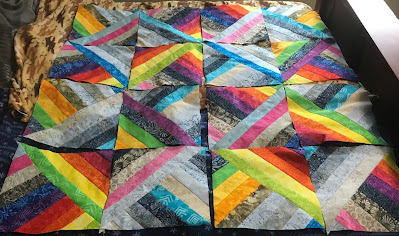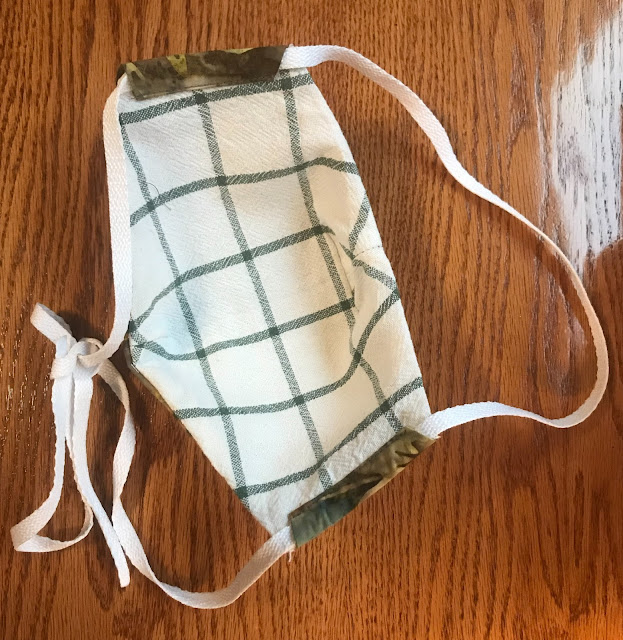From late summer, about mid August, until now, I've been collecting seed heads and seed pods etc. to save for next year. Part of that will be for wildflower meadow, and part for vegetables or other flowers.
I saved flower and chive seeds buy cutting the seed pods or tops off, and putting them into brown paper bags, upside down, so the fried seeds would fall into the bag. Others, such as cucumbers, I let the pulp ferment in water for 2 days, then let them dry on newspaper, the same as is done for tomato seeds.
These were the "bush" pickle cucumber seeds. I was hospitalized when they were at their peak, so no pickles this year. I let some of the fruits fully ripen to a tan/yellow color, with a husk that seemed a bit papery. Then I cut three open, scooped out the seeds, let them ferment, and dried for a week on newspaper. I thought they would stick together, but they did not. This is enough to start a pickle farm. Now they are in a paper envelope for the winter.
These were Oregon Sugar snow peas. The holes indicate that a weevil has tunneled into them and hollowed them out. So these are not viable. I wasn't as crazy about Oregon Sugar as I was about Taiwan Sugar anyway. Oregon Spring grew too tall, produced too late, and the snow-peas were not as good as Taiwan Sugar. A similar thing happened to Taiwan Sugar but not as many. I put them into a jar in the freezer, which is meant to kill the weevil. If I can find them again.
Shirley Poppy seeds. For these, I just cut off the pods when the stems turned brown. After they are fully dried out, shake out the seeds like a pepper shaker.
Four O'clock seeds. I saved, separately, red, yellow, and pink flowered types. They come up volunteer anyway, but I thought I might add them to the fig tree area.
Marigold seeds. These are messy. I didn't realize that it's easy to pinch the pod, pull off the dry petals, then tear open the pod to release the seeds. So these are seeds mixed with petals. They have a nice herbal - floral scent. I think the petals are OK. There are enough seeds here to start a marigold ranch. They will go into the wildflower meadow. This is a yellow French variety that the honeybees liked.
When the seeds are dry, I transfer them into paper envelopes. I'm not getting outtoo stores because of the coronavirus and stupid, stubborn people out there who want to be modern typhoid Marys, so these are home made using a paper tablet and painters tape. They are just as good and basically free. I use paper because it dries out, while plastic retains moisture that can cause mold..

















































